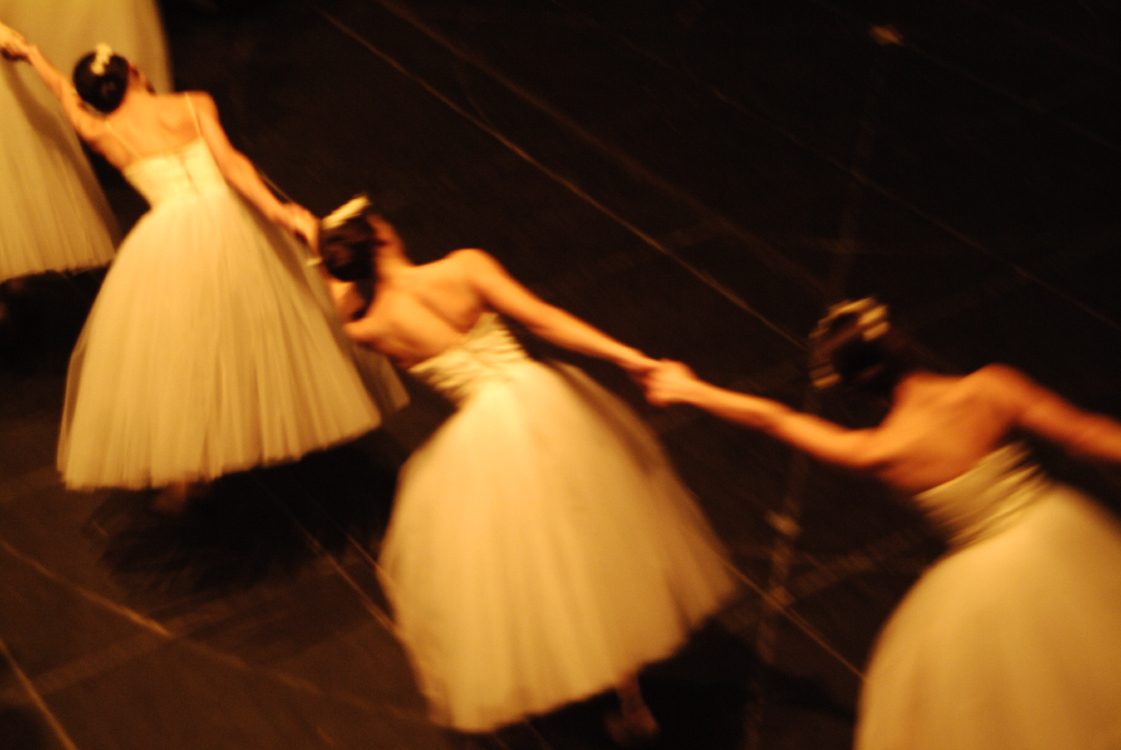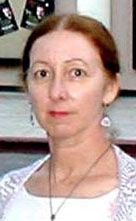 Dance~The Jewish
C~o~n~n~e~c~t~i~o~n Dance~The Jewish
C~o~n~n~e~c~t~i~o~nby Sheila Orysiek |
 |
| Home Writers Directory Sheila Orysiek May 11, 2007 |
 Dance~The Jewish
C~o~n~n~e~c~t~i~o~n Dance~The Jewish
C~o~n~n~e~c~t~i~o~nby Sheila Orysiek |
 |
Celebrating Lincoln Kirstein's centennial
Had Lincoln Kirstein stopped with his contributions to the ballet, the funding and founding of New York City Ballet, it would have been enough to secure his place in every book that records dance history. However, that was only one of his many contributions to almost every field of art both as a sponsor and as a participant: dance, painting, sculpture, architecture, music, film and literature. This entire month celebrates the one hundredth anniversary of his birth.
Born to a prominent Jewish family in Rochester, N.Y., on May 4, 1907 he lived in Boston, the son of Louis Kirstein of Filene’s Department Store. He earned a Bachelor and Master’s degree from Harvard during which time he founded an important literary magazine: Hound and Horn. He was also part of the team, along with Edward M. M. Warburg, which founded the Museum of Modern Art.
Like many others who became world renowned names in dance, his first exposure to the ballet was a performance by legendary ballerina Anna Pavlova in 1920 as she constantly toured to major cities as well as the far corners of the world. Kirstein was hooked for life.
Kirstein first met George Balanchine in Paris in 1933 and invited him to the United States. In discussing his proposal to found an American ballet company, Balanchine’s famous response was: “But, first a school.” This historic response and subsequent events are detailed in Jennifer Dunning’s book: But First a School, The First Fifty Years of the School of American Ballet which is the vocational school of New York City Ballet. Kirstein funded the school and remained its president until his retirement in 1989.
The goal of the school was a company, an American ballet company, using American dancers in a particularly American style. The journey began with several changes of names: American Ballet Company, Ballet Caravan and American Ballet Caravan. But it was not until Kirstein returned from active duty in the military during World War II, that Ballet Society was founded in 1946 and finally in 1948 they were invited by Martin Baum, chairman of City Center of Music and Drama in New York to establish a company known as New York City Ballet. Kirstein became the Company’s general director until his retirement in 1989.
His private life included marriage to Fidelma Cadmus, and service in the United States Army in the European theater of operations as an interpreter, courier and driver for General Patton. After his military service he returned to Europe to aide in the location of works of art looted by the Nazis, his knowledge of art an incalculable asset.
Lincoln Kirstein wrote hundreds of articles, books and essays on all phases of the arts including criticism, fiction, poetry, history and autobiography. He founded the Dance Archives of the New York Museum of Modern Art which became the basis for the Dance Collection of the New York Public Library, one of the greatest collections of dance material in the world.
Kirstein’s love of art spanned the globe but was particularly appreciative of the art and culture of Japan, at times he took up residence in that country. He presented several American tours of renowned performing arts companies from Japan such as the Grand Kabuki.
In recognition of Kirstein’s extensive appreciation, contribution and involvement both intellectually and monetarily in so many fields of art, he was the recipient of numerous awards including New York City’s Handel Medallion, Order of the Sacred Treasure, Fourth Class, Government of Japan, Britain’s Royal Society of Arts, and the Gold Medal of Merit Award of the National Society of Arts and Letters.
Upon his death in New York City on January 5, 1996, the eminent British critic Clement Crisp wrote: "Lincoln Kirstein was a man of protean gifts and immense intellectual and organizational energy. He was one of those rare talents who touched the entire artistic life of their time: ballet, film, literature, theater, paintings, sculpture, photography – all occupied his attention. These many and other seemingly disparate concerns were united by a guiding intelligence which was uncompromising and uncompromisingly generous and served as the artistic conscience of his era. This was the essentially American quality of his work: that desire to ameliorate and inspire a society to the goal of a more humane and imaginatively rich world. To a grand extent his work was as intermediary between the arts and a vast public who benefited from his genius."
But this month it is the
centenary of his birth that we celebrate.
(return to top)